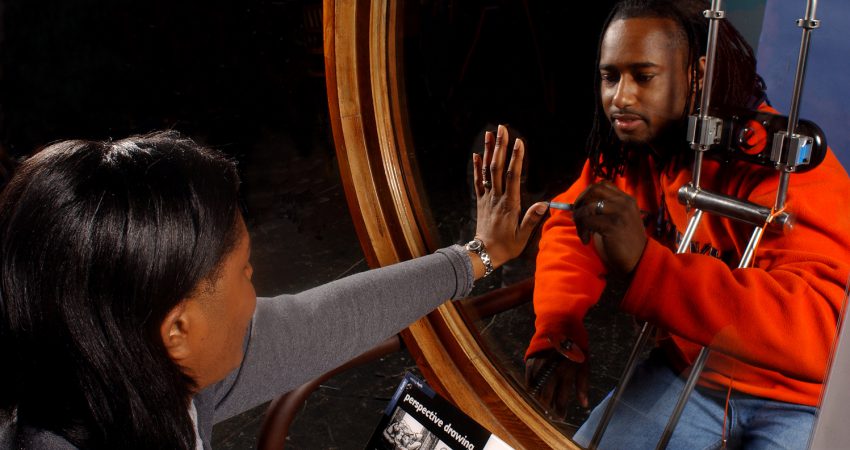
By Mark Chen - May 2011
PAPER CITATION
Tatalovic, M. (2009). Science comics as tools for science education and communication: A brief, exploratory study. Journal of Science Communication, 8(4), 1-17.
This paper argues that comic books, comic strips, and other sequential art covering scientific concepts and stories about scientists can be used to good effect for science learning, especially for grounding scientific fact in social contexts. The paper includes a rich list of existing comics that practitioners can use.
The author of this paper, Mico Tatalovic, first lays out definitions of various forms of sequential art. This introduction starts by delineating sequential art from single-pane cartoons and illustrations. He then discusses differences within sequential art, for example, between short three-panel comic strips and long-form graphic novels. This summary serves as good and necessary foundational work before Tatalovic reviews existing comics and graphic novels for science education and communication.
Tatalovic then covers why comics have great potential as a medium for science learning, noting the current dearth of research in this area, possibly due to comic books’ social and academic stigma. A major point that he makes is that by presenting science through a story-telling medium that features characters and plots, comics help readers match various scientific topics to lived experience. Examples include Clan Apis, a graphic novel that portrays the life of specific bees with particular motivations and desires dealing with consequential events, and Adventures in Synthetic Biology, a story about scientists and the scientific practice around a new interdisciplinary field.
Finally, Tatalovic concludes with an argument that more research should be done on the use of sequential art for science education and communication and more effort should be placed into legitimizing comics as a respectable and effective medium for idea dissemination. The author also includes a very useful list of web resources featuring the comics presented in the paper, providing science educators a leg up on available comics that cover a wide range of scientific concepts and practice.




